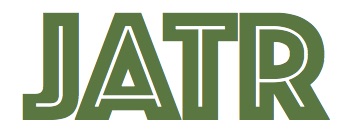End-to-End Key Generation Method in Quantum Key Distribution Networks for Minimizing Session Blocks Using Deep Reinforcement Learning
Journal of Advanced Technology Research,
Vol. 9, No. 1, pp. 13-16,
Jun.
2024
 10.11111/JATR.2024.9.1.013,
Full Text:
10.11111/JATR.2024.9.1.013,
Full Text:

Keywords: Quantum Key Distribution, Deep Reinforcement Learning, End-to-End Key Generation, Session Block Minimization, GAT, LSTM
Abstract
Statistics
Cite this article
Keywords: Quantum Key Distribution, Deep Reinforcement Learning, End-to-End Key Generation, Session Block Minimization, GAT, LSTM
Abstract
Statistics
Cite this article
[IEEE Style]
Y. Seok, J. Kim, Y. Han, "End-to-End Key Generation Method in Quantum Key Distribution Networks for Minimizing Session Blocks Using Deep Reinforcement Learning," Journal of Advanced Technology Research, vol. 9, no. 1, pp. 13-16, 2024. DOI: 10.11111/JATR.2024.9.1.013.
[ACM Style]
Yeongjun Seok, Ju-Bong Kim, and Youn-Hee Han. 2024. End-to-End Key Generation Method in Quantum Key Distribution Networks for Minimizing Session Blocks Using Deep Reinforcement Learning. Journal of Advanced Technology Research, 9, 1, (2024), 13-16. DOI: 10.11111/JATR.2024.9.1.013.


